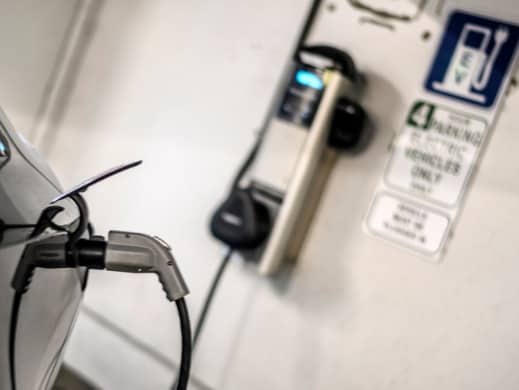As the number of electric vehicles (EVs) on the road grows, so does the need for owners to charge them. As customers switch up gas stations for chargers, they will need to rely on their energy provider. Uplight partnered with the See Change Institute to understand more about how customers think about charging before and after their EV purchase and the role their utility plays. We conducted one-on-one interviews with 20 EV owners in December 2021.
We found that most existing EV research today has sought to understand what factors drive an EV owner to make a purchase, but do not consider what happens after they bring the car home. Even though the utility has the most comprehensive EV information and programs, we found that most customers didn’t consider consulting with their utility unless they encountered a problem they couldn’t solve on their own.
We identified three types of residential EV chargers: reactive chargers, in-depth researchers, and busy non-researchers.
- Reactive chargers primarily charge out of convenience, and solve problems as they go. This group doesn’t think about charging their vehicle until they bring it home and understand more about how charging fits in their lifestyle.
- For in-depth researchers, doing research is one of their favorite parts of purchasing an EV. They want to know as much as possible about charging before they even bring the vehicle home, and continue to do research along the way. The in-depth researcher conducts most of their pre-EV purchase research independently, using Google, car manufacturer websites such as Tesla, YouTube, in EV car owner forums, and social media.
- Non-researchers simply don’t have the time to do research and consider it a low priority given everything else going on in their lives. They are interested in knowing more about charging, including about the best time to charge, how they can save more money, and if/when they should purchase a new charger for their home.
In order to serve these three types of customers: reactive chargers, in-depth researchers, and busy non-researchers, utilities need to provide information at all points of the EV customer journey–making it both quick to learn the basics and easy to go deeper for those customers who want to. For the reactive chargers, information at the point of sale or directly after they bring their EV home would be the most impactful.
For in-depth researchers, utilities need to have information available before purchase, online, so that these customers can find it during their research. Information at the dealership would also be beneficial, such as during a test drive or at the point of purchase.
And for all customers, but especially the non-researchers, utilities need to make it as simple as possible for customers to find the exact information they need by making it available all in one place as well as sending out dedicated EV communications.
To read the rest of the findings and what actions utilities can do to better serve EV owners, download our eBook, Driving Utility Engagement in the EV Customer Journey.





